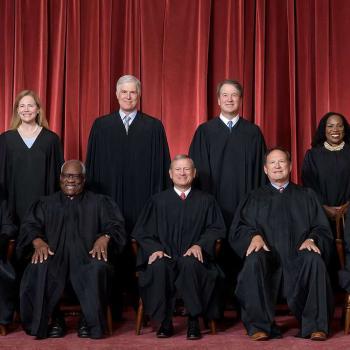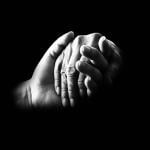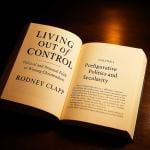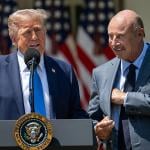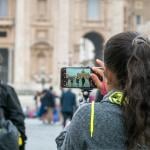Among pollsters, there’s fear that changing technology (mainly cellphones) and growing public unwillingness to do interviews are undermining telephone surveys — and that there’s no accurate replacement in sight. A recent study by the Pew Research Center reported its response rate at 9 percent, down from 36 percent in 1997. Put differently: in 1997, Pew made about three residential calls to get one response; now it makes 10.
Beginning with answering machines and caller-ID in the ’70s and ’80s, suspicious Americans have become more selective in screening calls. Robo-calls — automated messages for products, politicians, charities and polls — have deepened the hostility. “The mass of communications coming into people’s homes ends up being a blur,” says Pew pollster Scott Keeter.
Cellphones pose problems because people who use them exclusively — people who don’t have landline phones — are younger, poorer and more Democratic than the general population. By late 2011, 32 percent of Americans 18 and over had only a cellphone, up from 16 percent in early 2008. Among those 25 to 29, the share was 60 percent. Under-surveying these people could distort polls. Many pollsters, though not all, now canvass cellphones. But this is increasingly expensive. By present trends, half of Americans could be exclusive cellphone users by the 2016 election. . .
Less reassuring is telephone polling’s steep and rising costs, which could cause cash-strapped media organizations to balk. Contacting cellphones is expensive, because numbers must be dialed by hand. By contrast, computers can automatically dial landline numbers, making it easier to reach live people. (Congress prohibited this for cellphones to protect people from paying for unsolicited incoming calls.) A typical survey costs Pew from $60,000 to $100,000, says Keeter. That would cover renting tens of thousands of landline and cellphone numbers to produce 1,500 interviews of about 20 minutes each.
The solution seems obvious: switch to the Internet. But technically, that’s hard. Internet users may not be a representative sample of the U.S. population. Does the person behind that e-mail live in the United States? Permanent panels of respondents may act differently from randomly contacted people. Experiments are under way. Meanwhile, pollsters are stretched between a past that’s growing untenable and a future that doesn’t yet exist.
via Robert J. Samuelson: Pollsters’ moment of truth – The Washington Post.
To pick up on some of our earlier conversation, it may well be true that pollsters are undercounting Republicans. But they are also undercounting those who exclusively use cell phones; that is, younger voters who tend to vote Democrat. But we shall see what happens on November 6.




